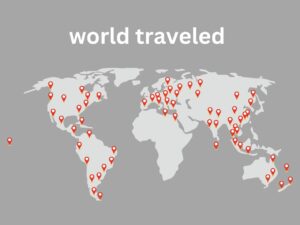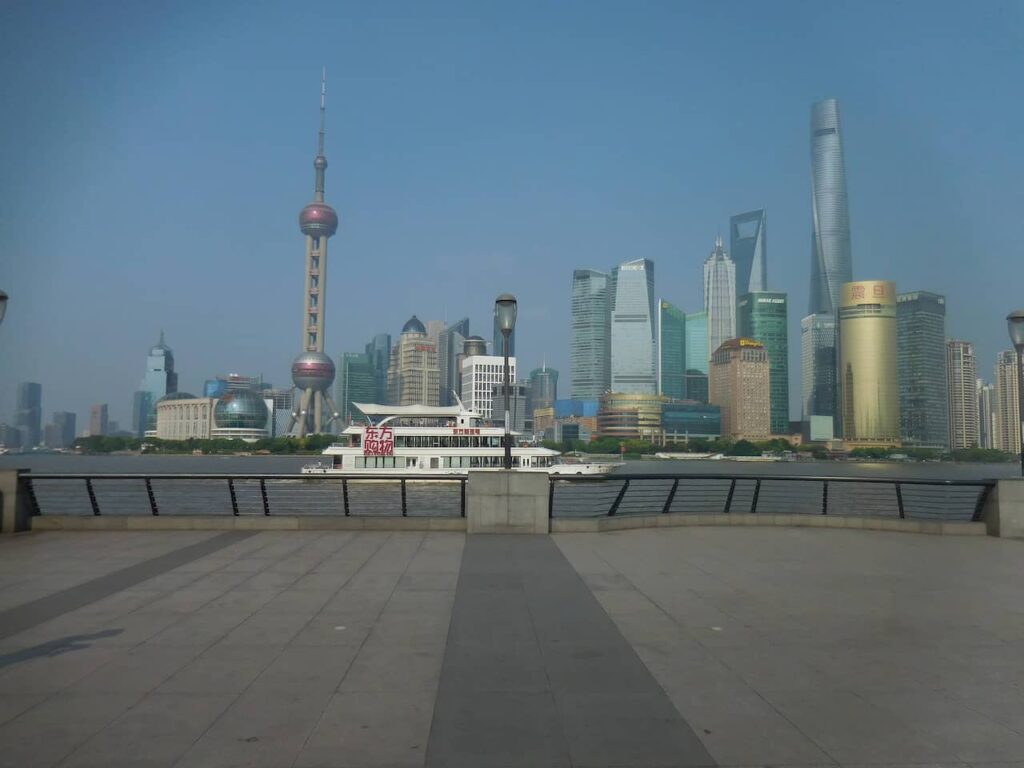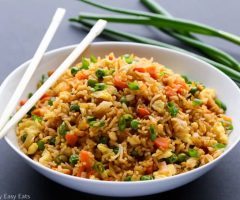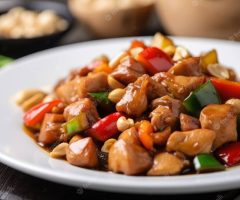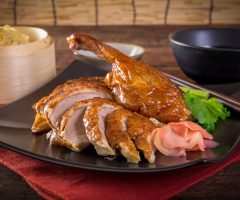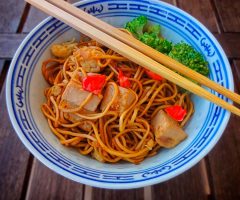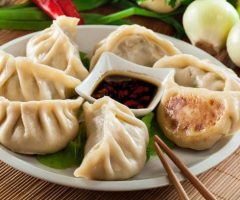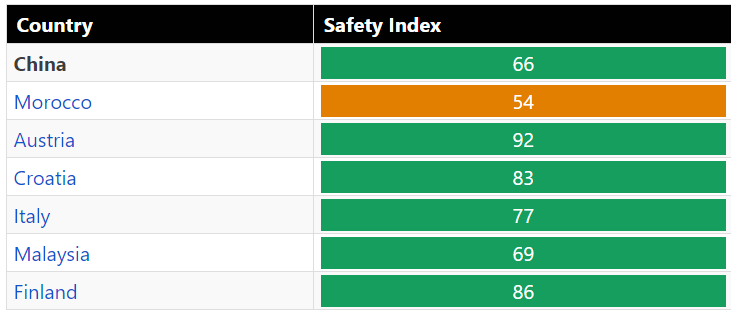China is a vast and diverse country with a rich history, culture, and breathtaking scenery.
Visit the Great Wall:
The Great Wall of China is one of the wonders of the world and an iconic destination. You can explore different sections of the wall, at Badaling, Mutianyu, or Jinshanling, and enjoy the breathtaking views and millennia-old history.
I went to visit Mutianyu, both the renovated part and the original part.
Explore the Forbidden City:
Located in Beijing, the Forbidden City is an imposing and historic palace complex that served as the residence of Chinese emperors. Stroll through its well-preserved courtyards, halls, and gardens to learn about the rich Chinese imperial history.
When I was there, I had the pleasure of enjoying the place with very few people, which makes for a very immersive experience.
Meet the Terracotta Army:
Located in Xi’an, the Terracotta Army is an amazing collection of life-size statues of warriors and horses, built to protect the tomb of Emperor Qin Shi Huang. It is a fascinating and unique archaeological attraction.
Seeing the Terracotta Warriors was one of my main goals in China.
Explore vibrant Shanghai:
Shanghai is a pulsating, modern metropolis filled with stunning skyscrapers, historic architecture, upscale shopping, dining, and lively nightlife. Stroll along the Bund, visit classical Chinese gardens, and enjoy panoramic views of the city from the Oriental Pearl Tower.
Shanghai for me was a pleasant surprise, as it is possible to be in traditional China and at the same time in modern
Exploring nature in Zhangjiajie:
Zhangjiajie is famous for its impressive limestone mountains, which inspired the setting of the movie “Avatar”. You can hike through the national parks, explore the glass suspension bridges and enjoy the breathtaking scenery.
For me, it was one of the most magical places in China, with stunning landscapes.
I also went to visit the glass bridge which is also a must-see attraction.
Taste the local cuisine: China is famous for its delicious cuisine. Try authentic dishes like Peking duck, dim sum, mapo tofu, hand-pulled noodles, and a variety of regional flavors.
As I stayed 28 days in China I had the opportunity to try them all
Visit Tibet:
Also known as “the Roof of the World”, this area is perfect for adventurous travelers looking for unique attractions.
As I had already done the Everest base camp in Nepal, I went to visit the camp in Tibet.
Tibet has had a tumultuous past, so during your visit it is advisable to be careful when mentioning the Dalai Lama.
The region was annexed by China in the 1950s, forcing the Dalai Lama and his government into exile.
You need special permissions to visit which I used china highlights to obtain.
Visit the Potala Palace (Tibet):
This Tibetan palace was home to the Dalai Lamas until 1959 when he was forced to flee. Established as a sacred site in the 7th century, the many halls, temples, and courtyards were built from wood and stone. The current building, which is now a UNESCO World Heritage Site, dates from the 17th century, and copper was poured into its foundation to stabilize it against earthquakes.
